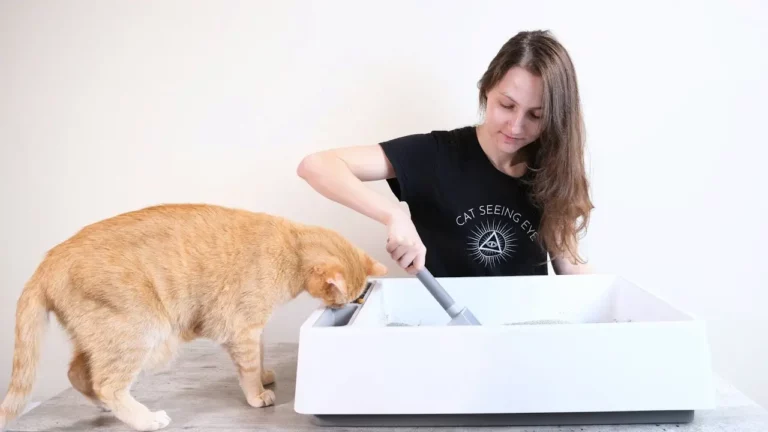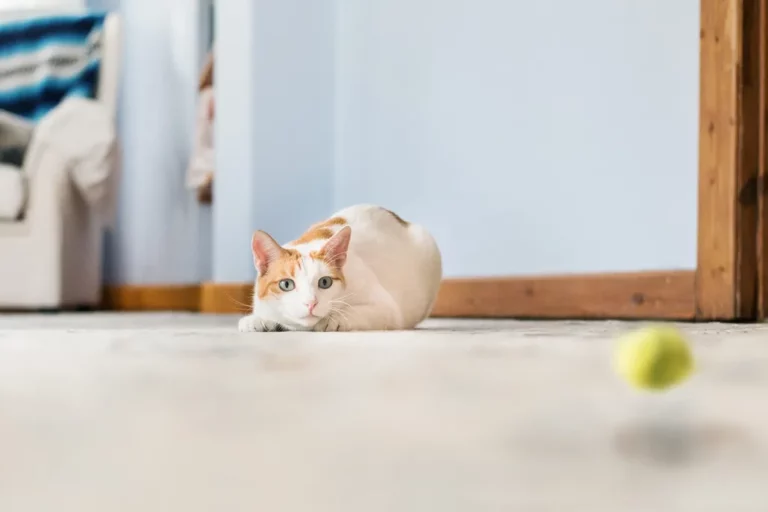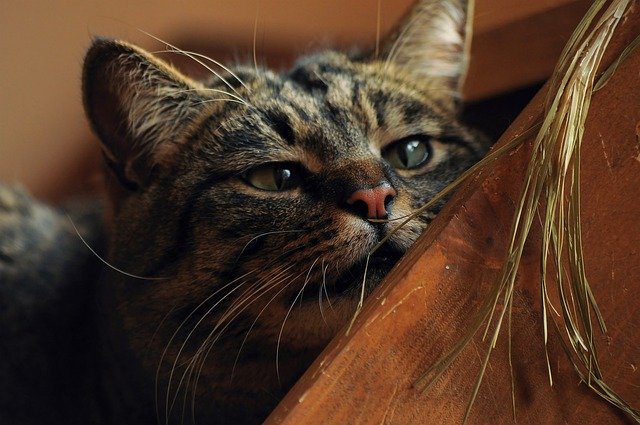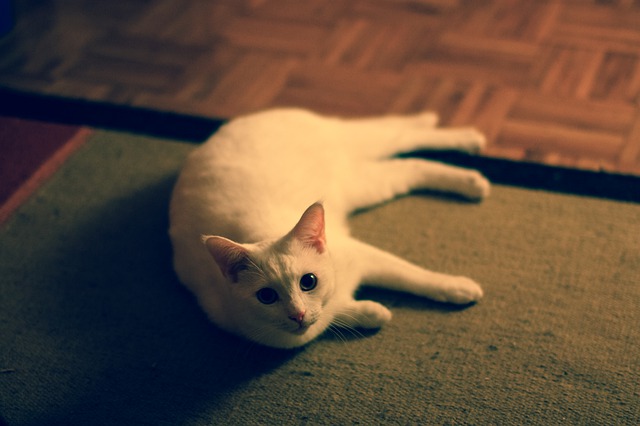Eliminate Mystery Cat Pee Odor: Here’s How To Freshen Up Your Home
Ever walked into a room and been hit by a wave of
It’s a mystery that’s not only perplexing but also a tad embarrassing, especially when guests are over and you’re left explaining the uninvited scent.
But how can a house smell like
Common Causes for Cat Pee-like Odor in Your Home
Discovering a
There are some common culprits behind this mysterious odor.
The first thing that should cross your mind is mold. Mold can emit a musty odor that somehow, to my surprise, smells quite similar to
It’s especially prevalent in damp areas, so checking basements, under sinks, and around leaky windows can pinpoint the issue.
Next up, chemicals found in household items can be the culprit. I once discovered that certain types of paint, solvents, and even some cleaning products can release a sharp, ammonia-like smell, which is a signature scent of
Another unexpected source turned out to be old cigarette smoke. If you’ve moved into a place where previous tenants were smokers, the residues left behind could mix with other household smells, morphing into that unmistakable

And here’s one that really took me by surprise—vapor barrier ground cover in my garage.
After a wet season, the reinforcing threads within the material began emitting a strikingly similar odor to
Finally, I considered whether an actual
If that is the case, you should definitely check the best cat urine removers that you can use.
In each case, identifying the source has been key to taking control of the situation.
How To Identify The Source Of The Smell?
Identifying the source of that baffling
I’ve found it’s essential to be methodical and patient during the process.
My first step usually involves a thorough inspection of the areas most susceptible to moisture, as these spots are often the culprits.
I start in the bathroom and kitchen, checking around appliances and fixtures for any dampness or leaks. Mold or mildew, thriving in these moist conditions, can emit a smell surprisingly similar to
Don’t just glance over; I get down and inspect closely, sometimes using a flashlight to ensure I’m not missing any hidden mold patches.
Next, chemicals in household items can be unexpected sources of that
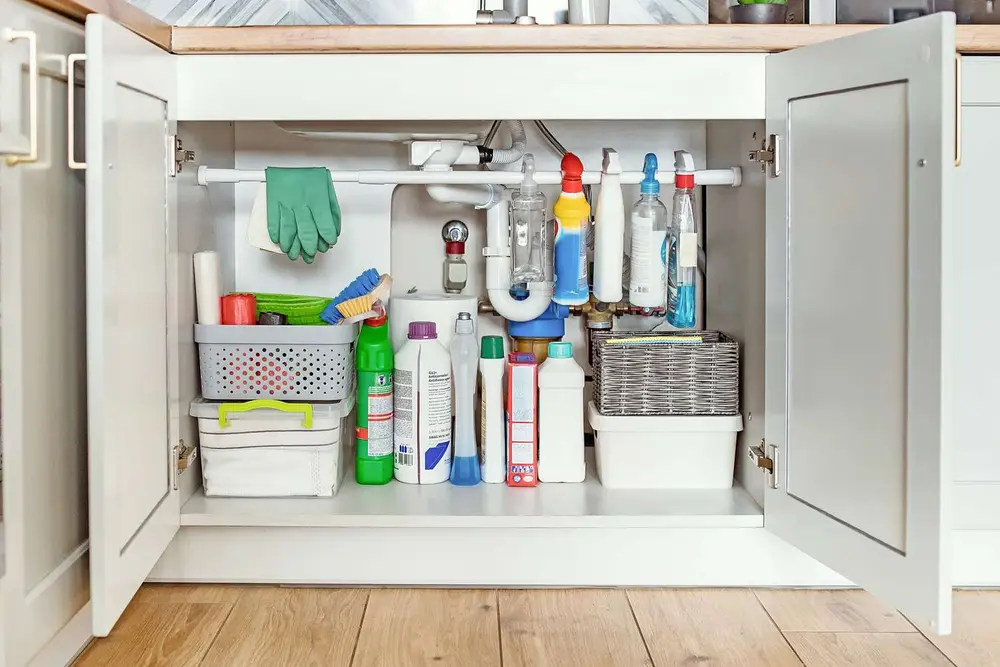
Some cleaning agents, solvents, or even materials used in construction can release fumes that have a striking resemblance to the smell.
I make it a point to sniff around stored chemicals, especially in areas like the garage or under sinks, to rule them out.
Residual odors from cigarette smoke or previous tenants’ pets can linger much longer than you’d expect. Walls, carpets, and drapery can hold onto these smells for months or even years.
I’ve learned that a good deep cleaning of textiles and repainting walls can significantly reduce or eliminate these odors.
Finally, I also consider the possibility of actual
Every home is unique, and the solution isn’t always straightforward, but with persistence, the source of that
How To Remove Cat Pee Smell From Your Home
Here’s what I learned and what you can do to remove that unwanted odor.
First off, enzyme cleaners are your best friend in this battle. These cleaners work by breaking down the urine molecules, which helps eliminate the smell rather than just masking it.
I made sure to thoroughly soak the affected areas and let the cleaner sit for the recommended amount of time before blotting it dry.
Next up, don’t overlook natural solutions.
A mixture of vinegar and water can work wonders. Vinegar is a powerful odor neutralizer and, mixed with water, can be an effective way to cleanse surfaces. Just remember, it’s crucial to test this solution on a small, inconspicuous area first to ensure it doesn’t damage your flooring or furniture.
Also, baking soda has been a lifesaver. After cleaning the area with an enzyme cleaner or vinegar solution, sprinkling baking soda over the spot can help absorb any lingering odors. Leave the baking soda on overnight, then vacuum it up the next day. This simple step made a significant difference in my home.
One unexpected tip I discovered is using hydrogen peroxide. When used correctly, it can be another effective tool in eliminating
This all-natural cleaner is completely free of toxic stabilizers and additives, making it a perfect choice for a deep cleaning of your home.
A mixture of hydrogen peroxide, baking soda, and a bit of dish soap can create a potent solution for tougher spots. But, like vinegar, it’s essential to spot test this solution first.
Through a bit of persistence and the right approach, tackling the mystery of
Preventive Measures to Avoid Future Smell Issues
Dealing with the smell of
Regular cleaning and maintenance go a long way in ensuring that those mysterious odors don’t take over your living spaces.
First off, I always make sure to ventilate my home regularly. Opening windows every day, even just for a few minutes, can significantly improve air quality and reduce the risk of musty smells building up. It’s a simple step, but it makes a huge difference.
Next, keeping a strict cleaning schedule has been my saving grace. I focus particularly on soft furnishings and areas prone to dampness, as these can often harbor odors similar to
I’ve also learned to be vigilant about checking for the tell-tale signs of dampness or leaks. Areas under sinks, around the bathroom, and near windows are frequent culprits for unwanted moisture that can lead to odd smells.
Taking care of leaks immediately and using dehumidifiers in damp-prone areas helps prevent moisture from becoming a breeding ground for bad odors.
Finally, incorporating odor-absorbing materials like activated charcoal into closets or rooms can be surprisingly effective. These materials trap and neutralize odors without emitting any scent of their own, keeping your home smelling neutral.
By combining these strategies, I’ve managed to keep my home smelling fresh and inviting, free from any mystery odors. It’s all about staying proactive and not giving those sneaky smells a chance to settle in.
Wrapping Up
Tackling that baffling
But armed with the right strategies and a bit of elbow grease, it’s definitely manageable.
I’ve found that staying ahead with regular home maintenance and using natural odor fighters can make all the difference. Remember, it’s all about keeping your space airy, clean, and dry.
I hope my experiences and tips help you keep your home smelling fresh and inviting.
Here’s to a cozy, odor-free living space!


